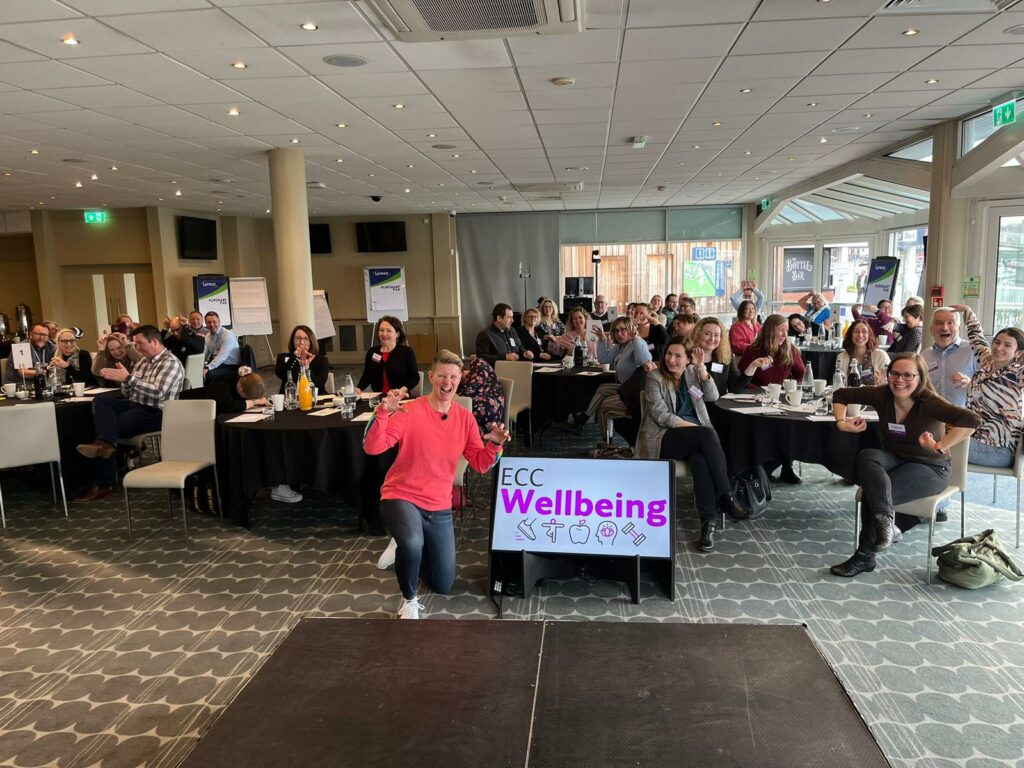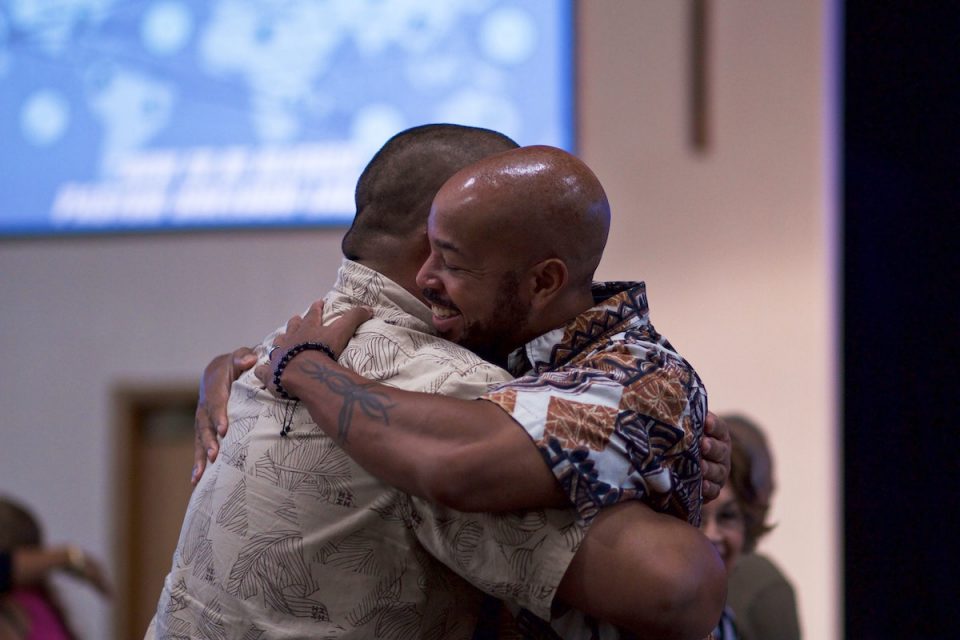I’m frequently asked about my ‘origin story’; how I got into wellbeing and then went on to create the Cadence Approach. So here’s a summary, taken from my bestselling book, Cadence – a finalist in this year’s Business Book Awards!
How it started
To explain how the Cadence Approach came about, I must first go back Friday 23 March 2012. I was working for a market data company based in the City of London, and was fifteen years into my career as an account director, a job I’d initially loved. I enjoyed the prestige of a city career, the extravagance, the client entertainment and, of course, the salary. In the past few years, however, I’d started to fall out of love with the job and the lifestyle. I couldn’t relate to the people around me; I was self-medicating against the stress I felt I was under – my alcohol consumption was increasing and becoming unmanageable. I was making poor food choices, too, and staying out late.
Days felt Sisyphean in nature: in Greek mythology, Sisyphus was punished (for cheating death, believe it or not, but that’s another story) by being commanded to repeatedly roll a boulder up a hill only to let it roll back down. In other words, every day felt the same. I spent much of my working day checking the clock in the bottom right-hand corner of my screen, wishing days, weeks and months away, rolling from payday to payday. Things had to change, but I seemed to be paralysed at the thought of doing anything about it.
Back to that Friday…
I was walking to a sales meeting in Monument, on the north side of London Bridge. I felt tired and emotionally drained, but also hopeful because I was expecting a verbal commitment on a sales order. It was a big order and, if I could pull it off, I’d be the hero of the sales team. I walked into the meeting, took off my long woollen coat and sipped my vending machine coffee, taking care not to squeeze the brown plastic cup too hard and cause a spillage. I looked up at my client, and we smiled at each other. Then he hit me with it.
The sales order I was expecting? It wasn’t going to happen. His client had pulled out and so there was no need for the data I was hoping to provide. Rocked by this news, I left the meeting and headed across London Bridge, feeling despondent. I squeezed myself onto the Thameslink train for the short journey home, walked through the front door and sat down to reflect on what had just happened. I spent the weekend thinking about what to do. After all those months of feeling unable to change my life, this shock jolted me into action. Should I look for another role? Switch careers completely? Do something more drastic? By Sunday evening, I’d made my mind up.
Making changes
I wrote a text to my manager offering my resignation. By Friday I’d handed back my pass, BlackBerry and laptop and was a free agent. It’s not necessarily an approach I’d recommend. It was like I jumped, only checking I’d packed a parachute on the way down – but it did work for me. I took some time out to rest and recover, and then focused on rebuilding my health; I learnt more about sleep in a month than I’d known in my entire life; I began meditating every day, just for five minutes, and really enjoyed that little bit of time to myself; I sold my car and bought a bike, and either cycled or walked everywhere. I started studying other aspects of health, including digestive health, learning about the relationship between our microbiome and mental and physical health.
This sparked an interest in food. Before that pivotal day in March, I usually ate ready meals washed down with a bottle or more of red wine, but now I signed up to a vegetable delivery service that worked with spray-free and organic farmers. I frequently had to search online to identify each vegetable and to find ways to cook it. It was, if you like, all celery and ver salary!
Periods of recovery
To improve my physical fitness, I joined a boxing gym in South London. It’s a traditional, under-the-railway-arches boxing gym and quite possibly one of the friendliest in London. I learnt how to box, even having a white-collar boxing match in 2014 (it was a draw, so I’m technically still undefeated). While there, I observed the athletes in the gym. Many of them were training twice a day, five or six times a week. Despite the rigorous training regime, these athletes didn’t appear to burn out. They were able to manage their energy through a combination of good practices such as nutrition, hydration, relaxation, downtime and, most importantly, periods of recovery.
There was a structure to the way they worked; they didn’t expect peak performance all day every day. Instead they’d look ahead to the major events and prepare themselves to be at their best at those times, and schedule in some downtime afterwards.
Taking shape
I reflected on the way I’d been living my life. It was the way many of us do; with no rhythm, no cadence to how we do things. We just expect to be ‘on’ all the time. I began to consider what I could do to add in more moments of recovery – whether that was a few minutes to daydream while looking out of the window or finishing work to allow myself time in nature each day. I realised two things: first, allowing the mind and body to recover didn’t need to take very long. It could be minutes – what I like to call slivers of recovery throughout the day. Second, I realised that this was the missing piece for many of us. From here, the Cadence Approach began to take shape.
Find out more about the Cadence Approach by buying Leanne’s bestselling book Cadence.
Interested in having Leanne speak to your audience? Enquire here: https://leannespencer.co.uk/contact/


